Beginner's Guide to Machine Quilting: Batting Definitions Part 1

My mother is not a quilter and she refers to the batting as "fluffy stuff". I've stood at my school reunions trying to explain what I do as a machine quilter and find myself explaining a quilt like an oreo cookie where I'm responsible to marrying the front fabric and the back fabric with the "squishy stuff" in the middle. However you think of batting, it can be overwhelming to make sense of the sometimes technical terms found on batting labels.
There are so many choices when it comes to batting that some folks just throw up their hands and select the batting strictly on price alone. I encourage you to learn more about the batting layer because it is responsible for the feel of the quilt in the end. It can give you snuggly softness as you wrap up in your quilt or it can give you reliable stability for your wallhanging. In order to dive deeper into how to choose a batting we need to talk about some of the terms you'll encounter in the batting world. This will be a two part article because there are a lot of terms to cover!
Loft: This word refers to the height or thickness of the batting. As my mom would say- this is the fluff quotient. :) Most manufacturers offer a variety of thickness choices for their batting. A thin batting with low loft will lack definition to your quilting lines. A cotton/poly blend batt or wool or even a low loft polyester will lift up into your quilting lines to give them nice definition. Keep in mind that when quilting we are asking our top thread and our bottom thread to shake hands when your machine makes a stitch. The place where these two threads meet up will ideally land inside your batting layer to hide that handshake. When balancing our tension our goal is to get the handshake to hide inside the batting. A super thin batting will not give you much forgiveness when it comes to tension because there simply isn't a lot of space for the handshake to hide. Plus, a super thin batting can also be very fragile which can make manipulating the batting difficult. I like to give batting a little pull with my hands and see if it leaves the imprints of my fingertips. If it does, I generally don't use it as it is too fragile and will fall apart too easily. Of course, super thin battings are also the cheaper battings but I don't believe they will hold up well over time so I don't use them.
Hand/Drape: This is a subjective term that means something different to each person. Essentially the drape of your batting refers to how snuggly it will feel when you are done. When choosing your batting take into consideration who might be snuggling under it. Cotton and Wool battings breathe nicely where as polyester can trap the heat and make for a sweaty night’s sleep. Don’t forget to consider how heavy a batting will feel to the quilt owner when sleeping under the quilt too. Unfortunately this isn't something you can discern from the batting's label. It is only something you can experience with a finished quilt. Pay attention to the quilts you encounter and ask the maker what batting they used. See if you like the way it feels to you and start to see if you can tell what type of drape you prefer. I always wash the quilts I give as gifts because it lets the batting relax a bit so it is super cozy.
Shrinkage: Most batting will draw up a bit once you wash it. It is generally listed as a percentage on the label. I have found that what the batting manufacturers list is being optimistic. If the label says 1%, I would expect more like 2%. Some battings have more shrinkage than others. If you are looking for that shabby chic/ antique look, choose a batting that has a great deal of shrinkage. If you don't want your batting to shrink much you may want to prewash the batting so it gets that out of its system before you use it. I will say that prewashing batting isn't much fun and the cheaper battings can disintegrate when you wash them. In general, I don't prewash my battings.
Bearding : The migration of fibers through the quilt top or backing fabric. Wool batting and some polyester battings are notorious for creating a lot of bearding. When it is really bad the back of your quilt will look like it has whiskers!
Pokies: This is a nickname for the batting fibers that are "poked" through the backing fabric along the stitching line. It is normally caused by a dull needle bringing the batting fibers with it as it moves through the backing fabric. It can also be caused by poor quality thread that has a lot of jagged edges which may catch on batting fibers and drag them through the backing. Smooth threads are less likely to cause pokies. Pokies are also seen when loading a batting upside down.
Grain: Almost every batting will have a grain line which means it will stretch more in one direction. This is a concern if you are making a wallhanging. For those quilting projects which will hang on a wall, orient the batting so the edge with the least amount of stretch is oriented so it runs from top to bottom. This may mean you have to purchase a larger piece of batting than desired because you need the grain to run along a particular edge of your quilt top for stability.
Denier: A way of measuring the density level of a polyester fiber which makes up a polyester batting. The higher the number the stiffer the fiber. Most polyester battings used for quilting is made with 6-12 denier fiber.
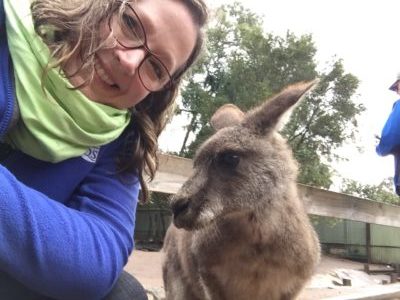
I’m Angela- Co-host of the Fons & Porter’s Love of Quilting PBS show. APQS Long arm Dealer and Educator. Triplet Momma. Designer. Thread Bimbo.




































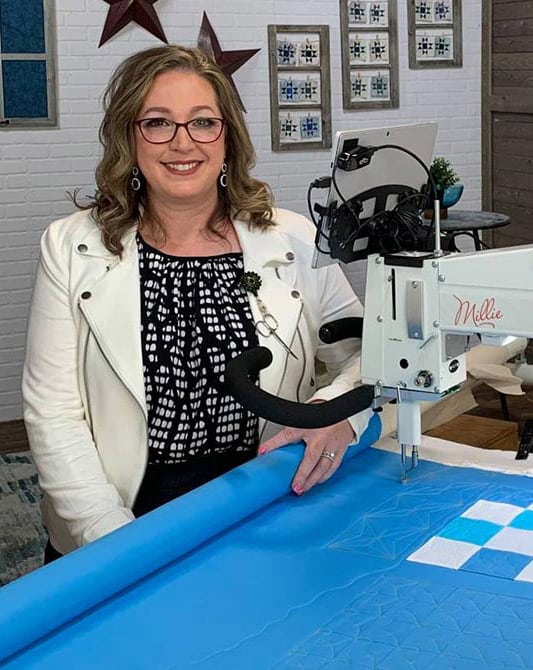
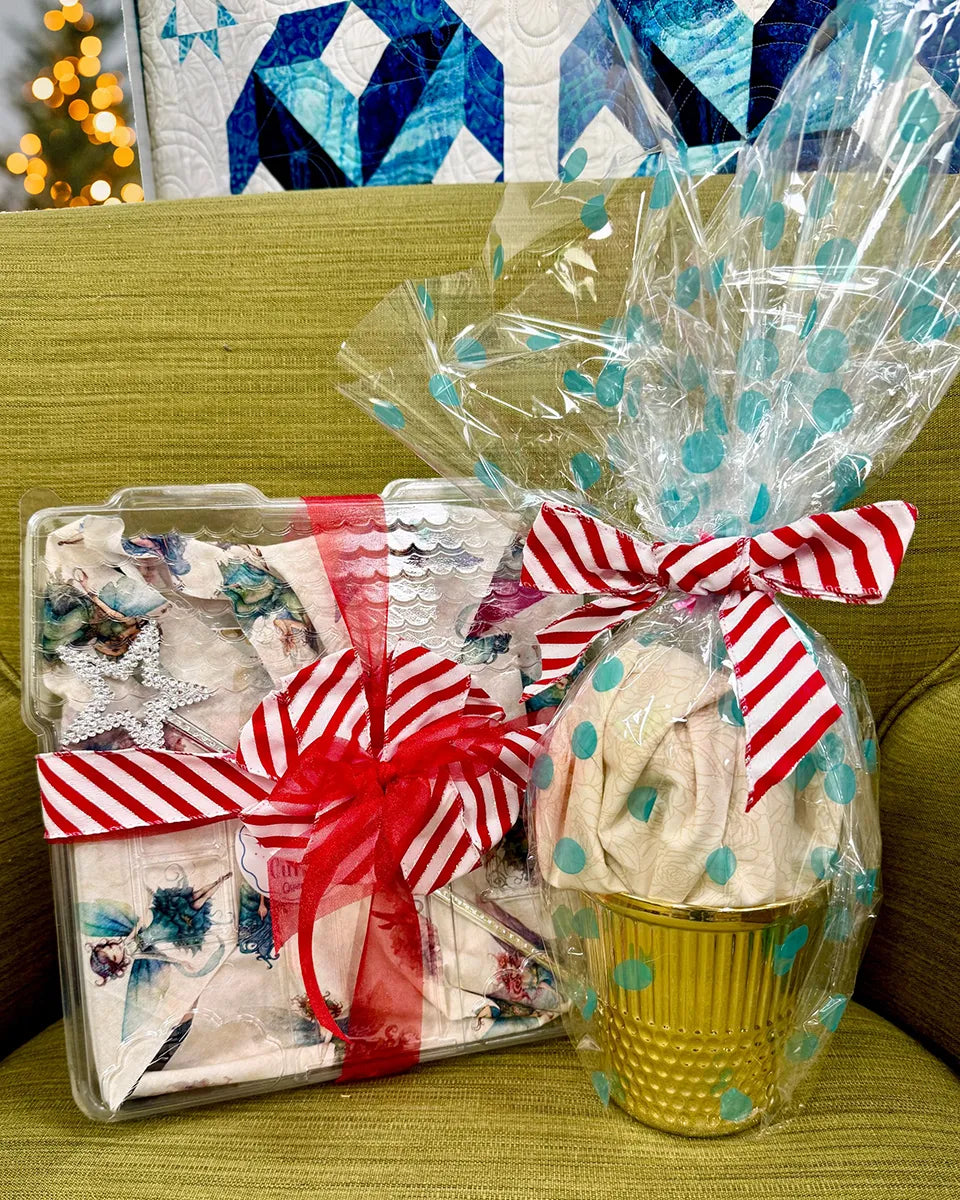
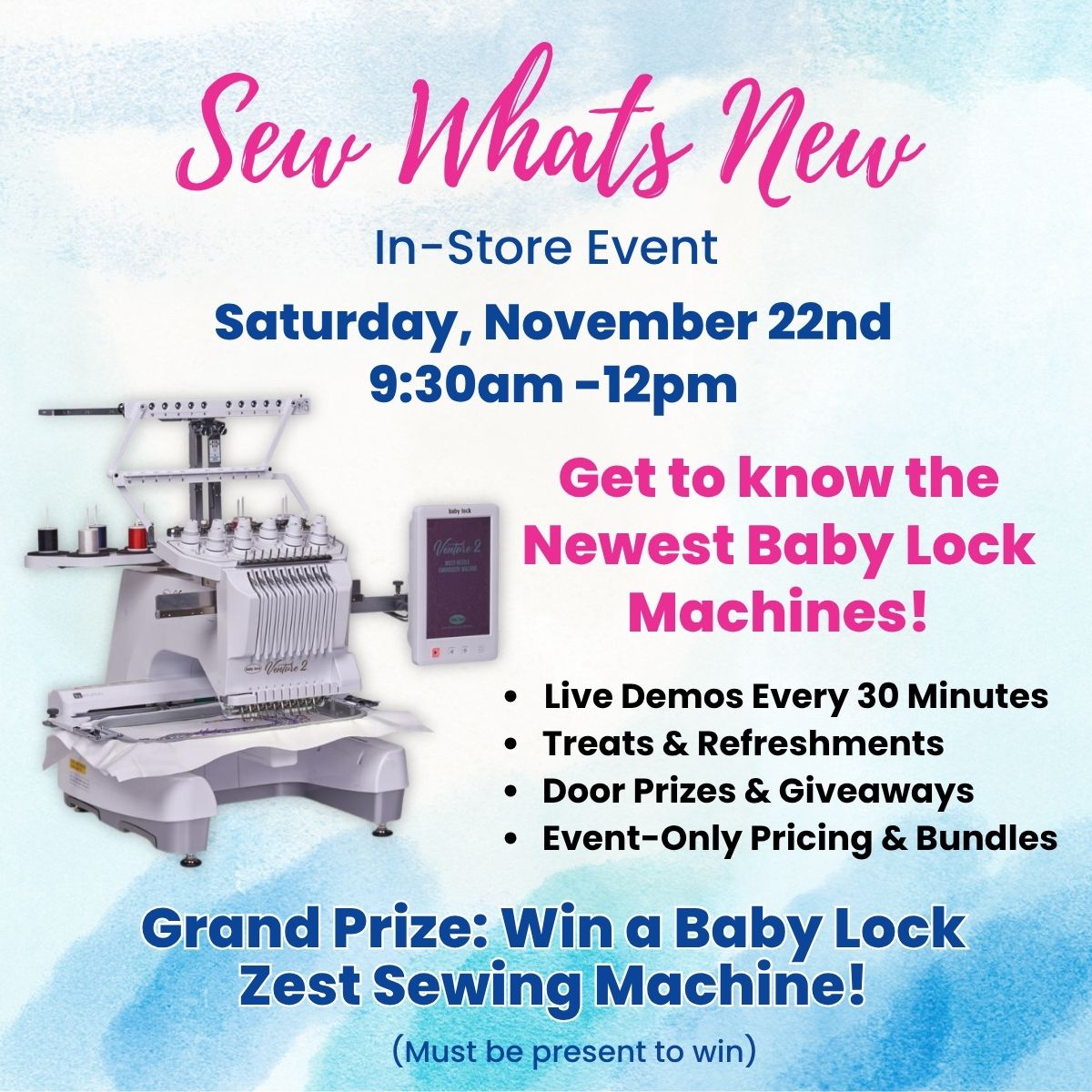

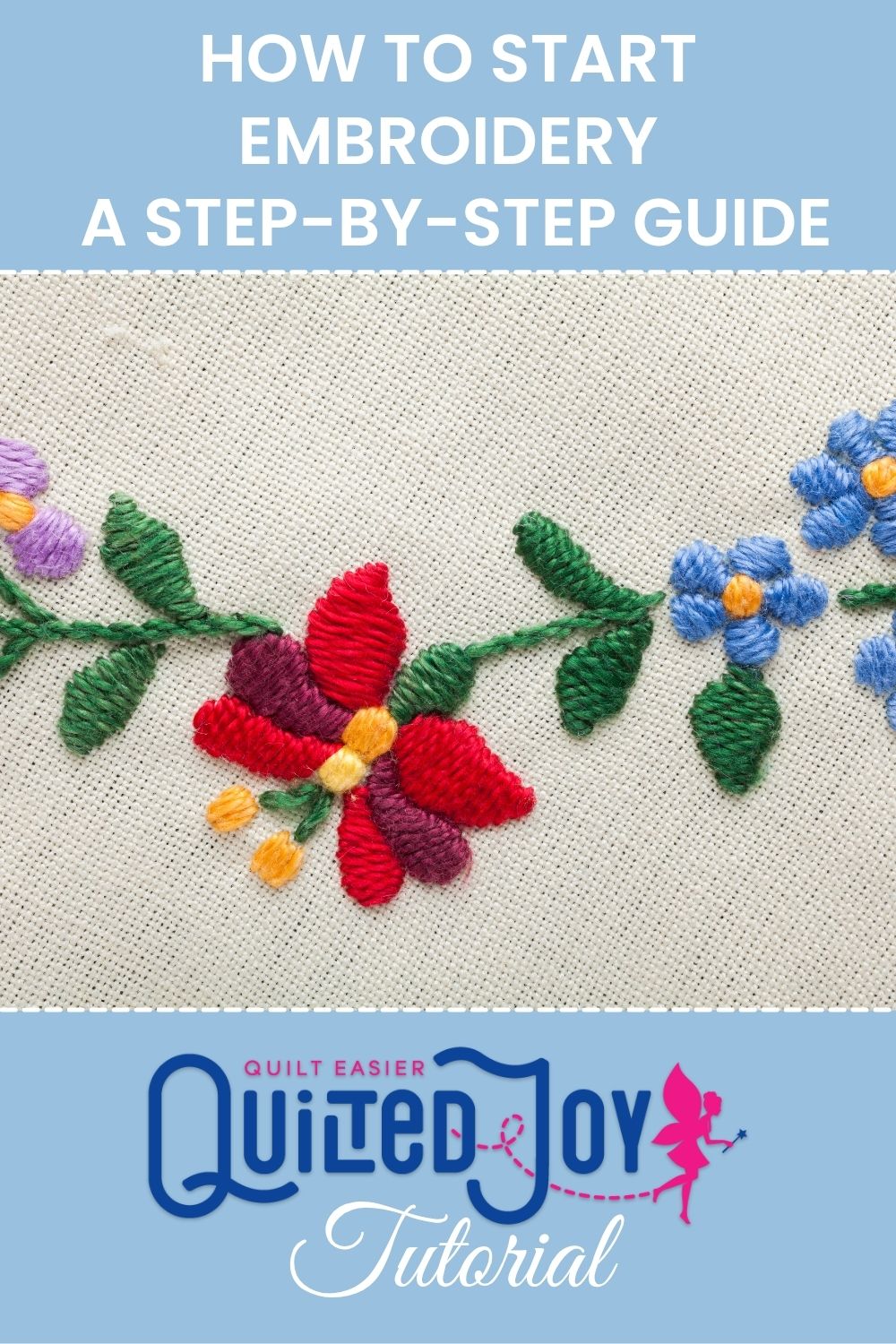

Leave a Reply